The Arcadis Mobility Oriented Development Benchmarking Index (MODex)
Transit hubs are no longer simply a place where the traveler arrives or departs. The facilities in and around the hub make the area a destination itself and can provide a ripple effect that encourages investment in the area, generates new revenue streams and boosts wider prosperity.
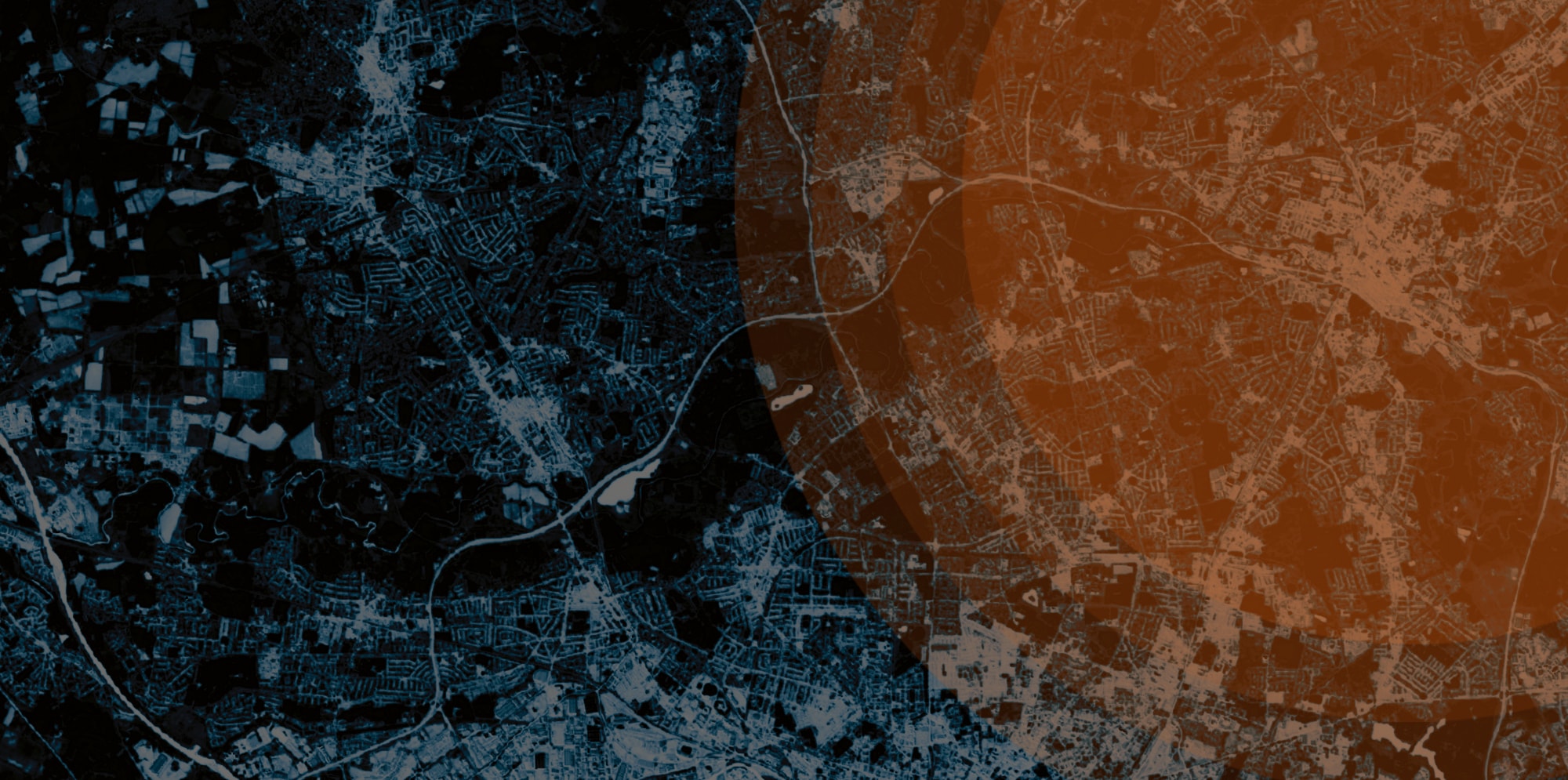
MINUTES
You have not accepted cookies yet
Every city is dependent on mobility. Mobility enables people, goods and ideas to move in, out and within our cities, whether on its roads or in the air. As urban centers continue to increase in size and density, mobility is becoming a more pressing issue for a city's residents. In today's cities, journey times are increasing and transport infrastructure is under greater pressure than ever.
Developing a modern transit model requires extensive future planning and development. But it also means ensuring that the full social, environmental and economic potential of existing transit hubs is exploited. By looking at the leading practices among transportation professionals and city planners, as well as missed opportunities uncovered during transit-hub developments around the world, we can gain valuable insights into approaches that will allow us to optimize multi-mode transit hub designs.
Arcadis’ integrated approach to such transit-related developments is called Mobility Oriented Development, or MODe. With MODe, we focus on the integration of the key elements that bring value to transit hubs: connectivity, urban environment, social placemaking and economic development. By quantifying these elements, refined according to our extensive global experience and observations of developed best practices, we have created a rigorous framework by which to compare transit hubs. This allows us to see, like never before, their untapped potential.
The Arcadis MODe Benchmarking Index (MODex):
Realizing the value of Mobility Oriented Development
The Arcadis MODe Benchmarking Index assesses a transit hub by comparing it to global best practices. It defines the overall value of integrated development at and around transit hubs. The Index has been constructed using indicators that measure the quality of the key elements that bring value to a development. In this way, a transit hub can be compared before and after its redevelopment, increasing understanding of how high-quality multi-modal urban environments can be created and the main factors that optimize them for wider social benefit.
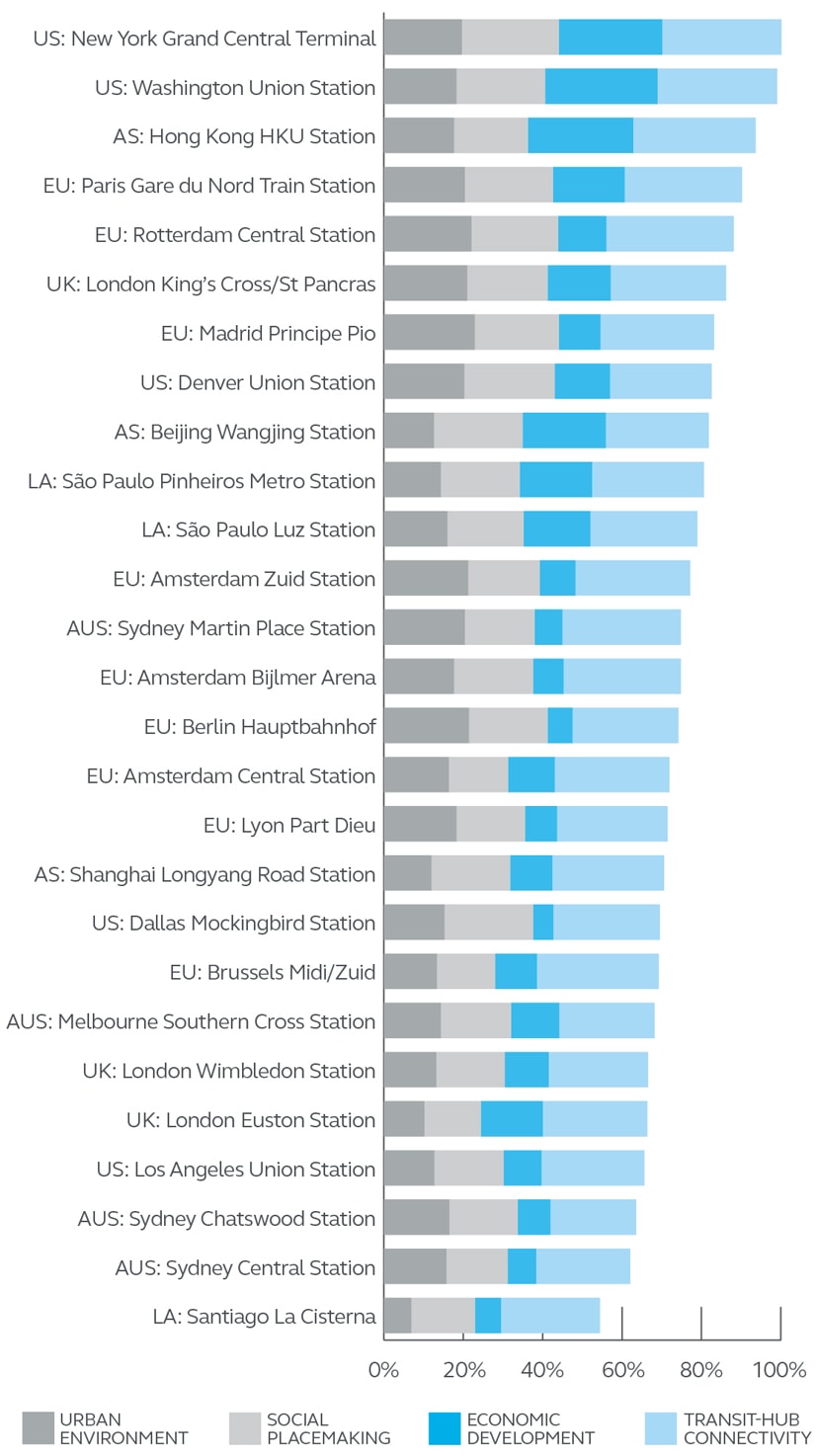
Transit-hub Connectivity
Describing the quality of the transit hub in relation to the variety and quantity of transit modalities, its proximity to other important locations and facilities, and its provision of comfort to the traveler.

Urban Environment
Assesses the urban form of the environment and how sustainable it is. Urban form is determined by indicators such as an area's density and whether a development is mixed-use.
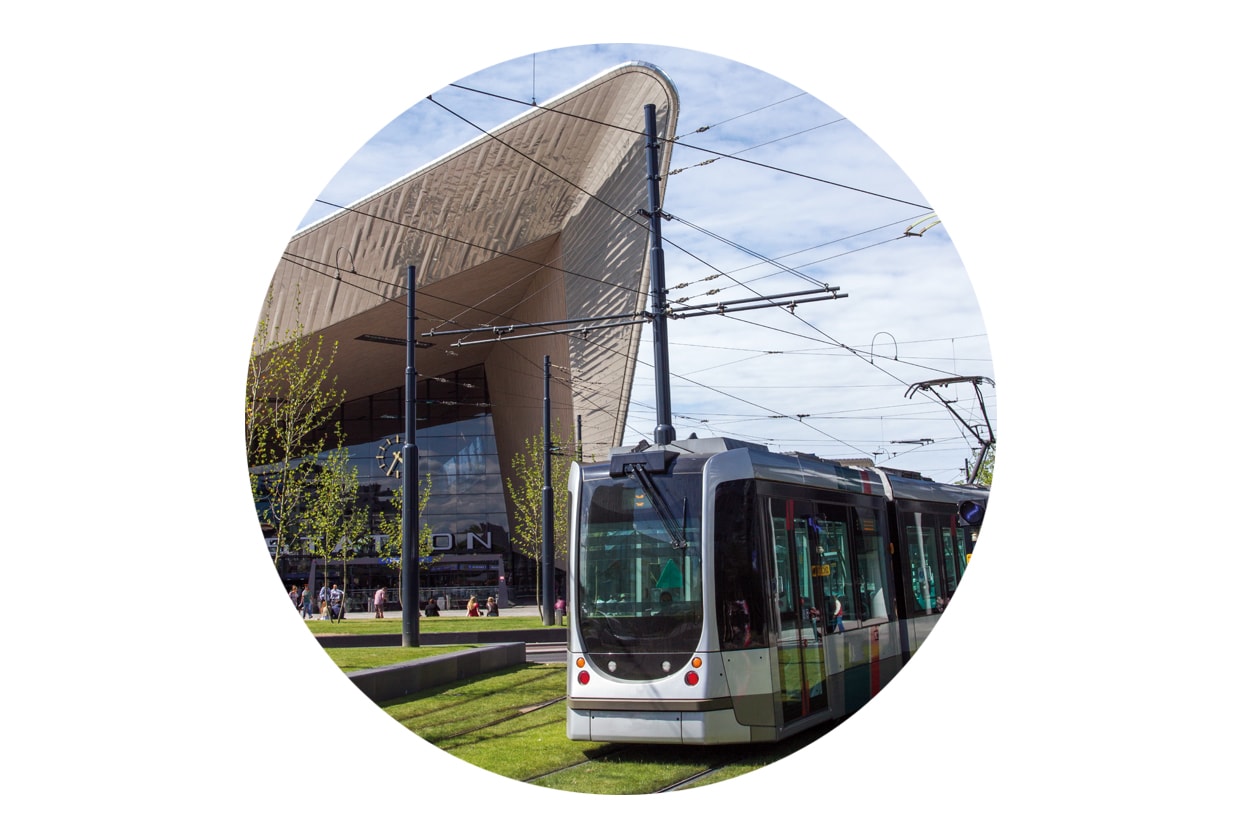
Social Placemaking
Defined by indicators that contribute to a vibrant and multimodal urban environment. These include factors such as the quality of the public space and the variety of public facilities within the transit zone.
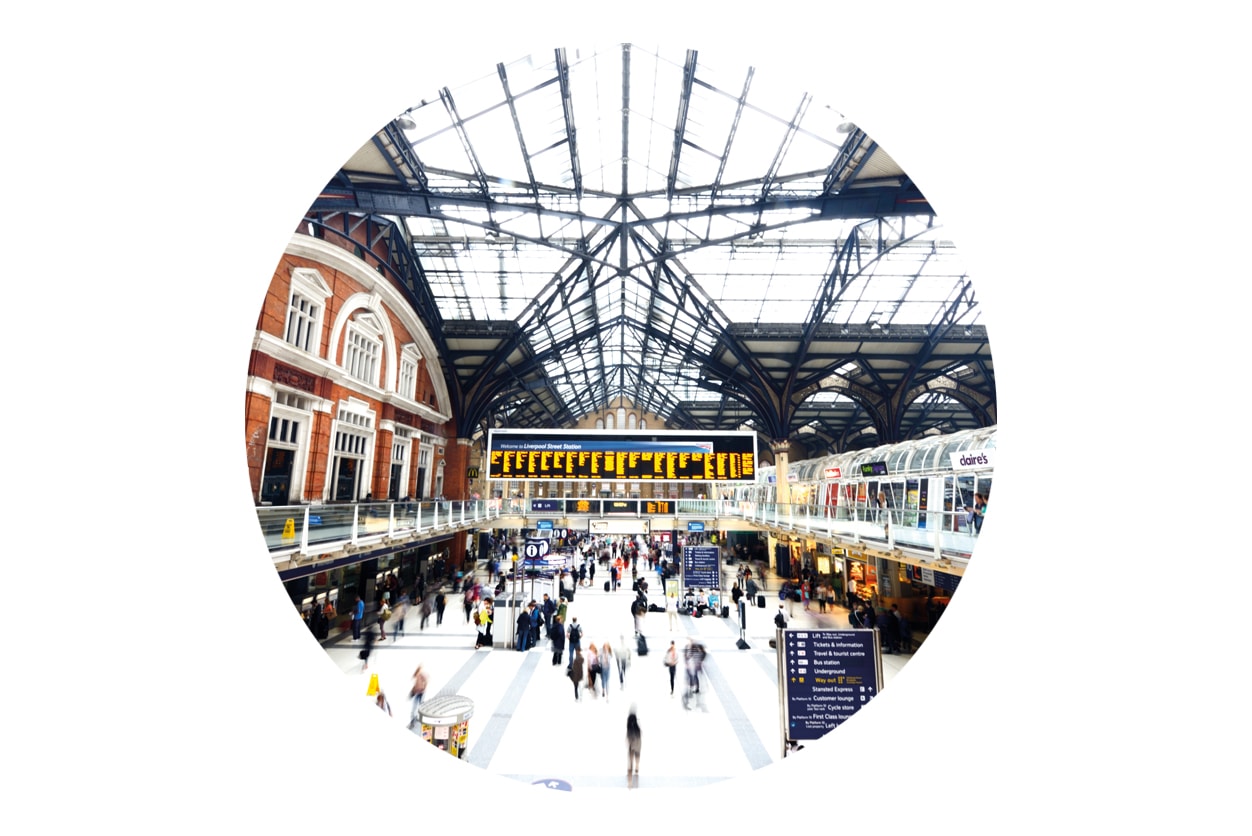
Economic Development
Defined by the prosperity, economic activity and property value of the urban environment within the transit zone, relative to the national average.
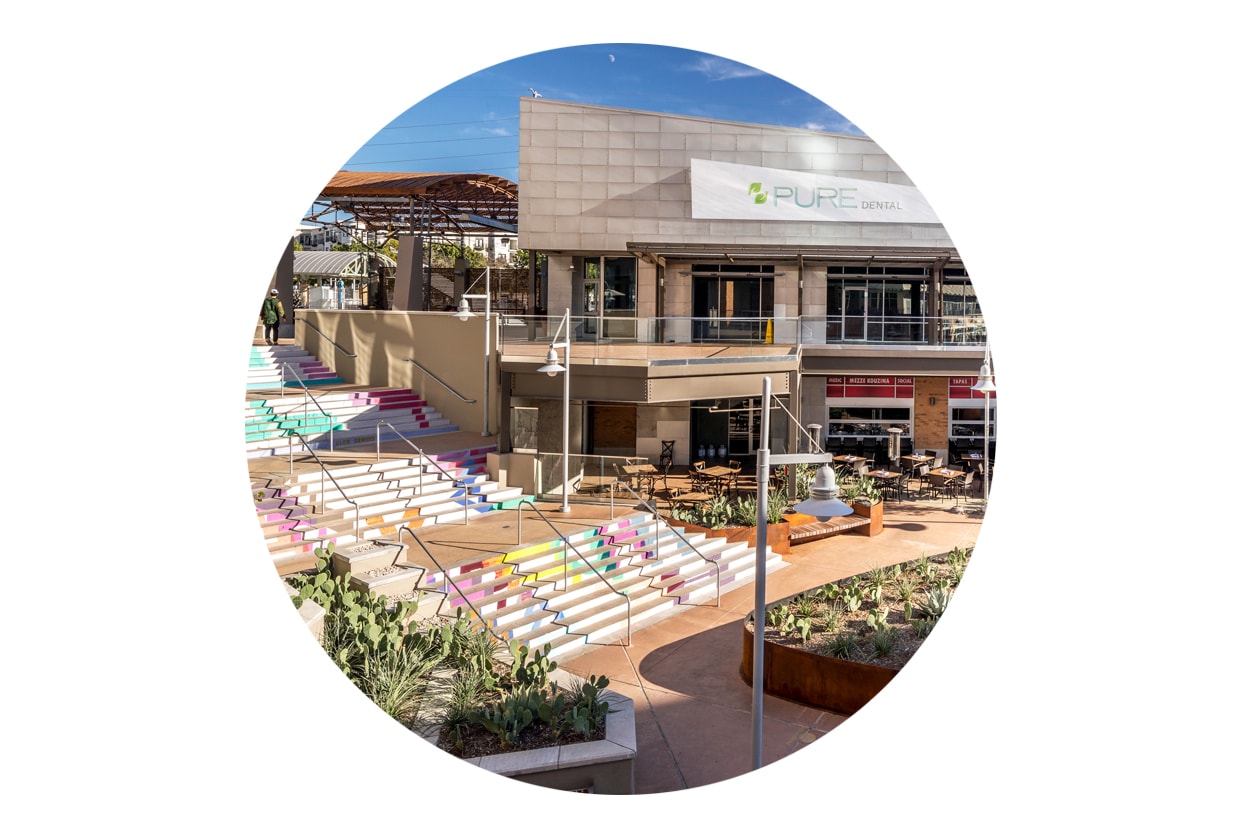


Connect with Bas Bollinger for more information & questions.
Bas Bollinger, Global Solution Director, Intelligent Rail and Transit
We hope you enjoyed this story. It would be our pleasure to connect with you as well and discuss how we can help you improve the quality of life at your business

